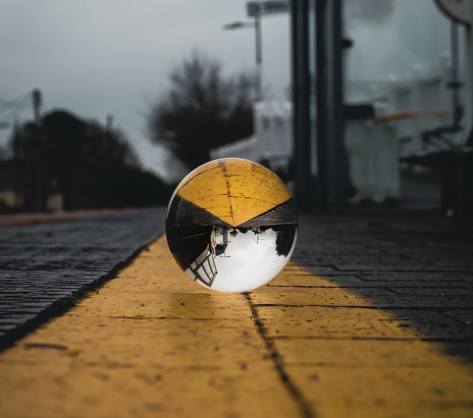
In the September edition of the Herald, I asked the community if anyone wanted to share their reasons for voting No in the Voice referendum for potential publication. The conditions of publication were that the writer lived in 2479, would put their name to the piece, and would be able to verify the source of any information quoted in their writing.
Three responses arrived via email, each with a different perspective on why they were voting no.
None of the responses cited any sources of information, eg, they are personal opinions, which the authors are entitled to express, but which did not point to any references to support their claims.
The AEC Referendum booklet sent a strong message along the lines of ‘if you don’t know, vote No’.
I’d like to think, ‘if you don’t know, find out more’. You can still vote No, but at least know what you’re voting for.
One of the reader responses (initially sent in anonymously) was a statement ‘from Mebbingarri Cindy Petersen’ via a person named ‘Joh’. As the email did not come directly from Cindy herself, we chose not to include those comments in this publication.
As with the Yes voters, No voters come in all shapes and sizes, and take issue with various aspects of the Referendum, for example, the wording of the Constitution or the ‘reach’ of the Voice, to a more general distrust of the Government, and of course, many shades in between.
James Stuart from Cooper Shoot writes: “The Voice proposal is a Constitutional and legal problem rather than a social one.
It involves changing the Constitution to favour one section of our community in perpetuity over the rest and hands over the reins of governance to the courts particularly the High Court if and when Parliament and the Voice’s demands come into conflict.
Truth-telling, self-determination, autonomy and even sovereignty, all undefined, lie in the shadows. No supporters are particularly wary of the claim for direct access to Executive Government.
The Yes case proposes imposing a fourth arm of Government on to the Australian Constitution. It is not at all clear why this claim is made, or why.
Spending on Indigenous people last year was $33.4 billion. They are well represented in Parliament. Their ‘Voice’ to Governments already exists.
The No case rests on the lack of detail provided by the Yes case on how the Voice will work, what the Voice’s structure will be, who will be appointed (not elected), what its remit is, its cost, why there is no sunset clause, and how many generations will this be required until indigenous disadvantage is finally eliminated.
I, for one, am a No voter who wants the best for Indigenous Australians but The Voice is not the way to achieve it.”
Not sure how the Voice body will be chosen, operate or what its actual role will be? Find out more by reading the Design Principles of the Voice to Parliament agreed by the First Nations Referendum Working Group
Margot Hays from Bangalow writes “It has been banded (sic) around in the main stream (sic) media that 80% of Indigenous people want this Referendum. I’d like to know how they came up with this figure, as it is simply in my opinion, not true.
The tribal Indigenous people of Australia are talking all over the social media voicing their concern that they do not want to be put in the Constitution to say ‘hey now you are Australian’. One being Mebbingarri a Widjabul woman of the Bunjalung (sic) Nation. The tribal Indigenous people say they will lose their sovereignty over their land. Mebbingarri says there has never been an open honest discussion, and The Voice ‘Yes’ vote would take away their tribal rights. There are other tribal woman (sic) talking like this. I’ve listened to both sides of the debate, and found Senator Jacinta Price to make sense to me. Jacinta brought two full blood Indigenous women from Cape York to speak with Politicians in Canberra, and not one member of the Labor party would speak with them. Linda Burney will not debate Senator Jacinta Price on air, so all these things raise a ‘red flag’ to me. What are they hiding?”
Interested in finding out more about how the Voice may or may not affect the human rights and Indigenous rights of First Nations’ Australians? Read about it on the Australian Human Rights Commission website
Interested in learning more about how the 80% figure was determined? Fact Check in partnership with RMIT University explain the process here.
Sally Schofield
Header image by JD Photography via Unsplash